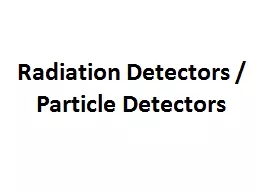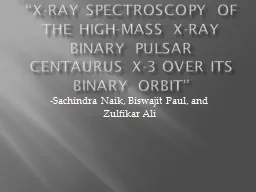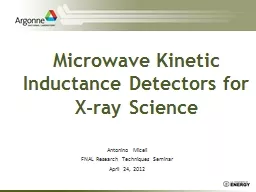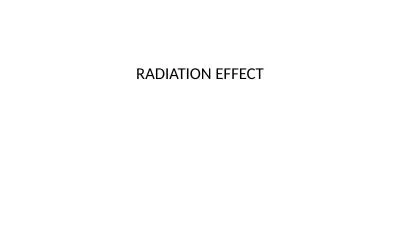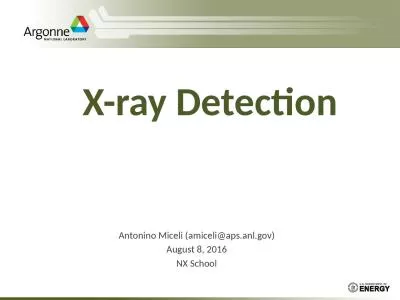PPT-X-ray radiation damage of silicon strip detectors
Author : pasty-toler | Published Date : 2017-10-01
AGH University of Science and Technology Faculty of Physics and Applied Computer Science Kraków Poland Jagiellonian Symposium 2015 712062015
Presentation Embed Code
Download Presentation
Download Presentation The PPT/PDF document "X-ray radiation damage of silicon strip ..." is the property of its rightful owner. Permission is granted to download and print the materials on this website for personal, non-commercial use only, and to display it on your personal computer provided you do not modify the materials and that you retain all copyright notices contained in the materials. By downloading content from our website, you accept the terms of this agreement.
X-ray radiation damage of silicon strip detectors: Transcript
Download Rules Of Document
"X-ray radiation damage of silicon strip detectors"The content belongs to its owner. You may download and print it for personal use, without modification, and keep all copyright notices. By downloading, you agree to these terms.
Related Documents

